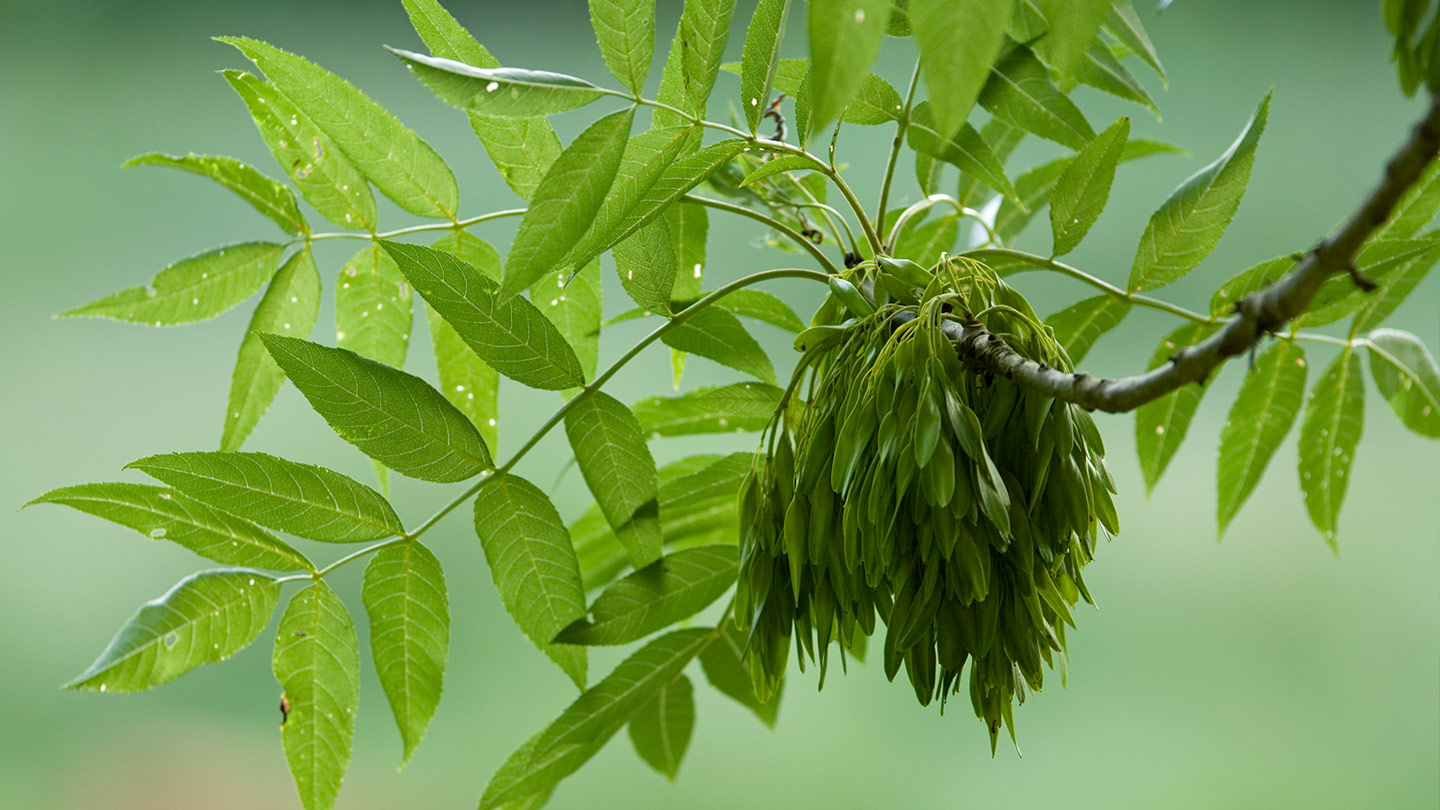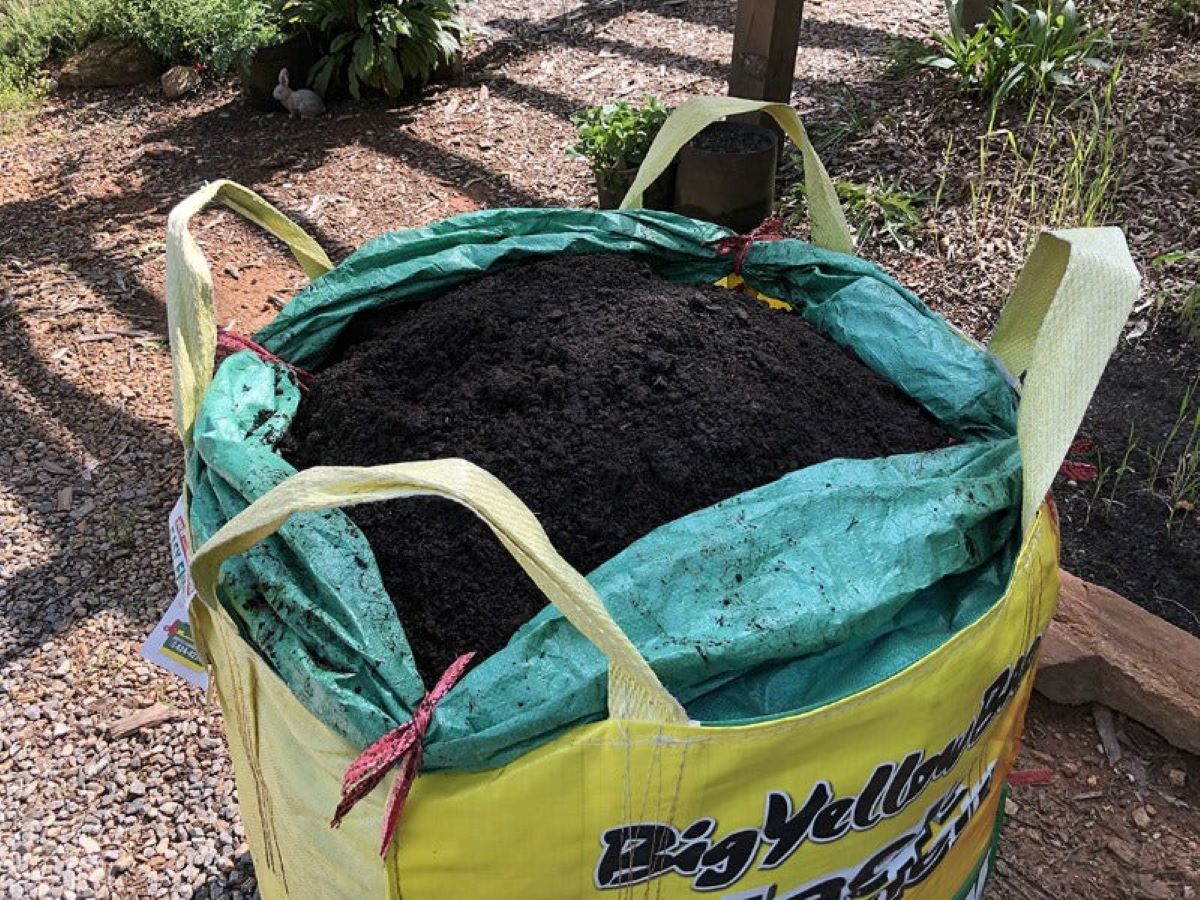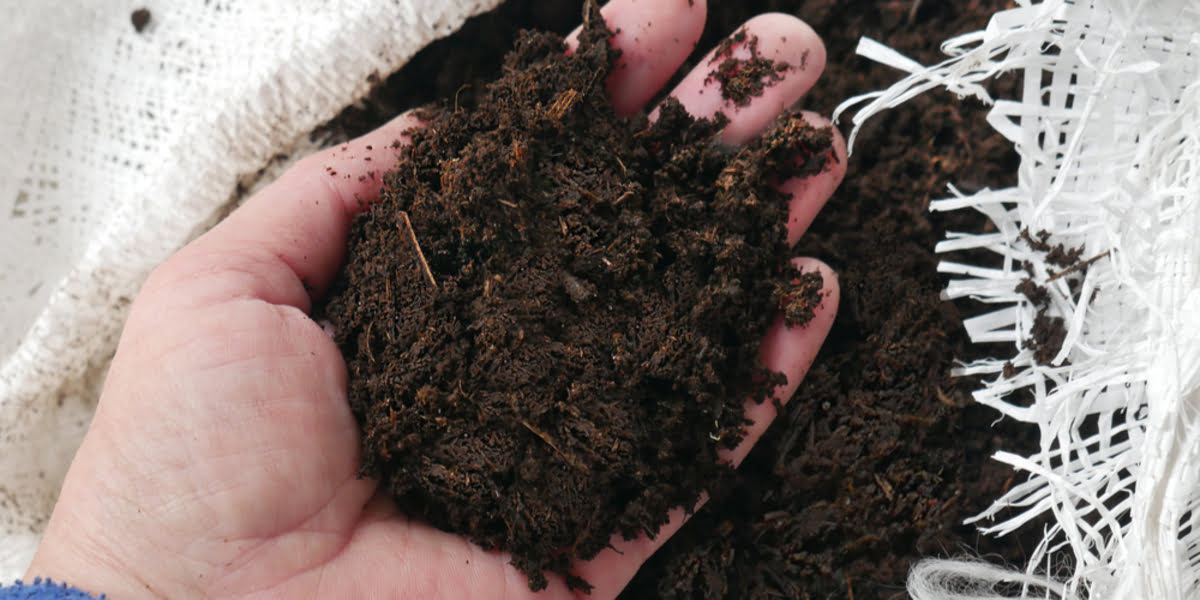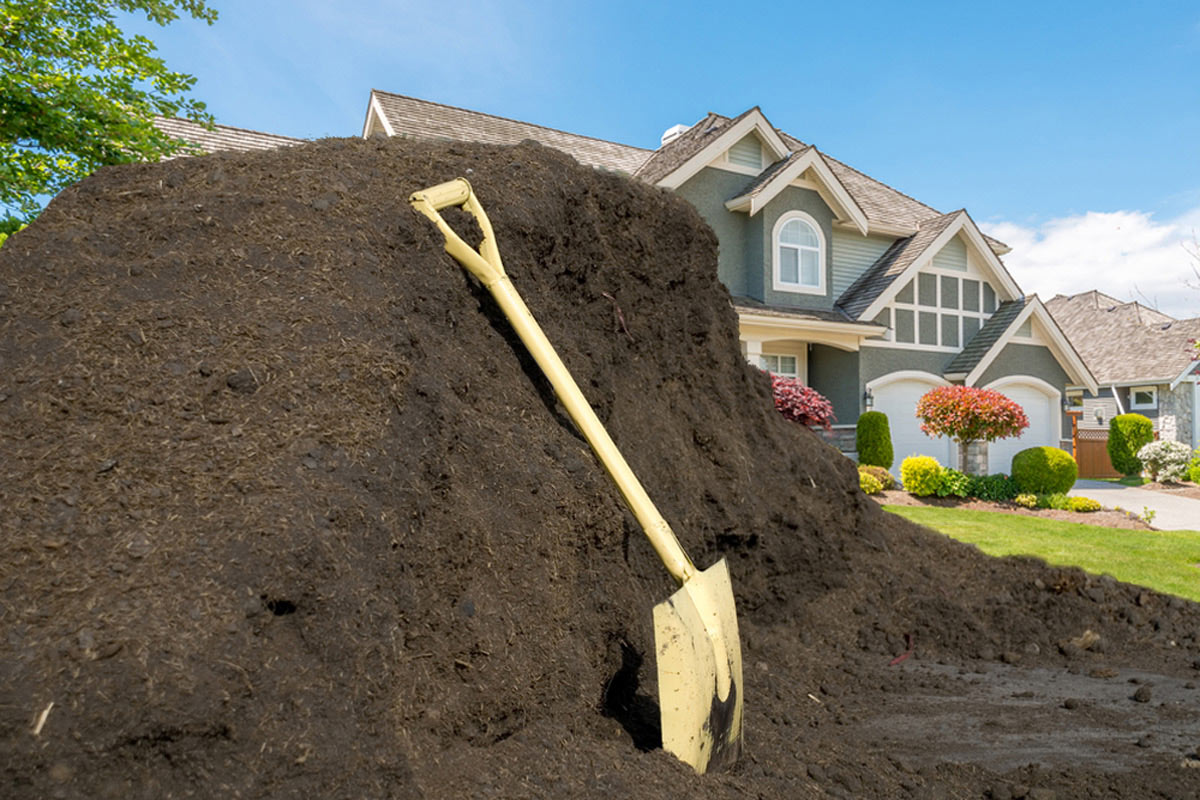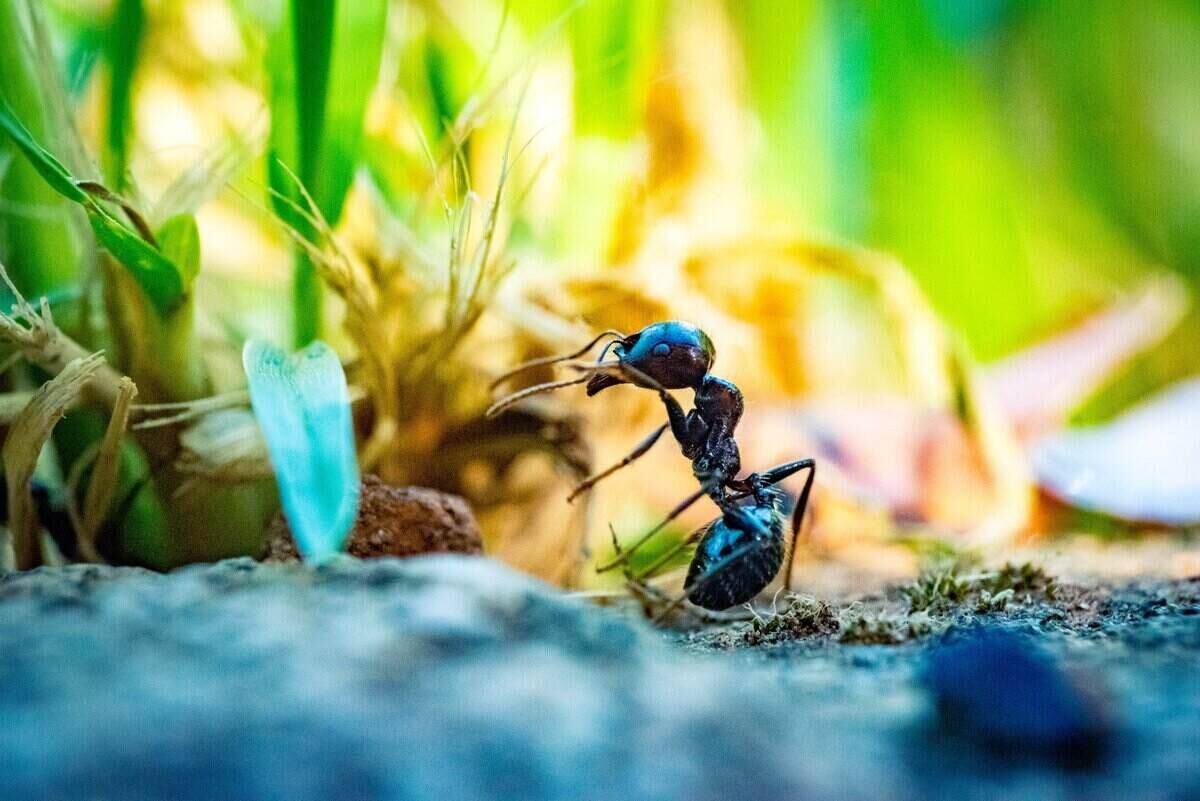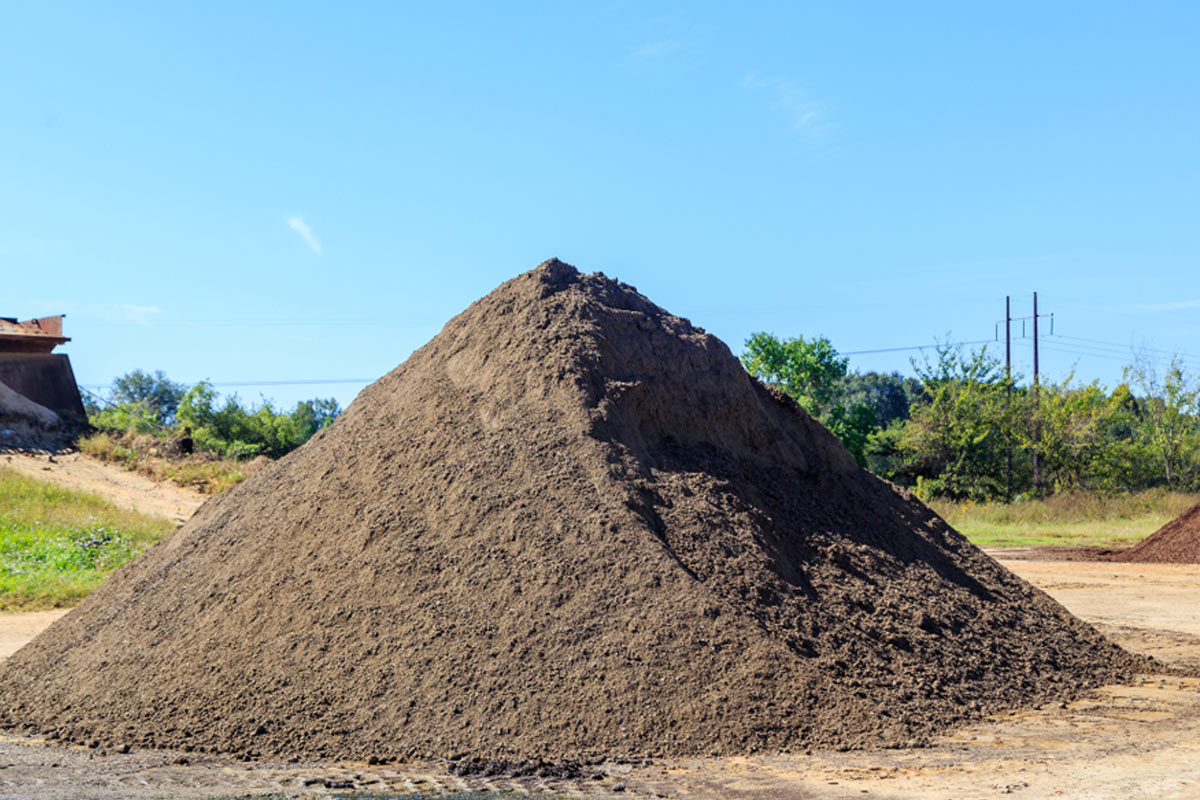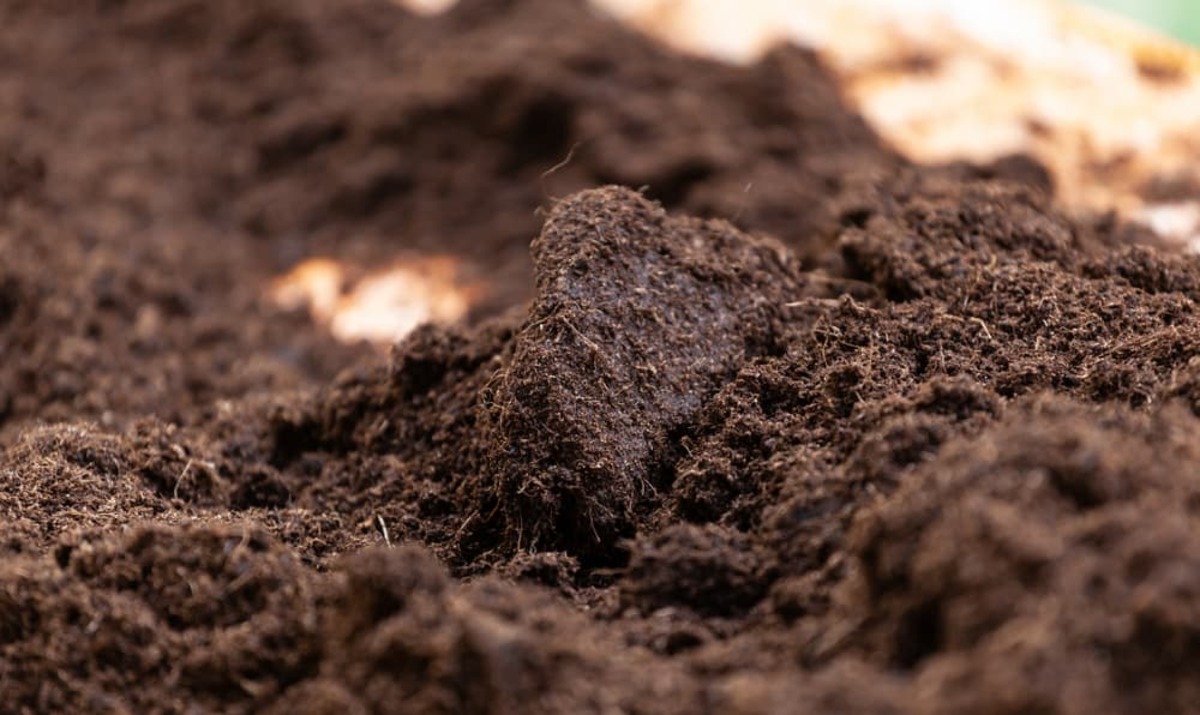Home>Gardening Basics>Getting Started>How To Identify Weeds In Yard


Getting Started
How To Identify Weeds In Yard
Modified: January 22, 2024
Learn the basics of identifying weeds in your yard and get started with effective weed control strategies.
(Many of the links in this article redirect to a specific reviewed product. Your purchase of these products through affiliate links helps to generate commission for Chicagolandgardening.com, at no extra cost. Learn more)
Table of Contents
Introduction
Welcome to our comprehensive guide on identifying weeds in your yard. If you’ve ever looked out at your lush green lawn and noticed unwelcome plants popping up, you’re not alone. Weeds can be a persistent and frustrating problem for homeowners, but with proper knowledge and identification techniques, you can effectively manage them.
Understanding the different types of weeds and their characteristics is the first step towards successful weed control. Equipped with this information, you’ll be able to take proactive measures to prevent their growth and maintain a healthy, weed-free yard.
In this guide, we will explore the common types of weeds, their characteristics, techniques for identifying them, and effective methods for weed control and management. By the end of this article, you will be equipped with the knowledge and tools necessary to keep your yard looking its best.
Before we delve into the details, it’s important to highlight the significance of weed identification. Many weeds can easily blend in with desirable plants, making it challenging to differentiate between the two. Identifying weeds correctly is crucial because it allows you to implement targeted control methods without damaging other plants.
We understand that not everyone may be familiar with botanical terms, so we will provide clear and concise descriptions, accompanied by visual aids, to ensure you can easily identify the weeds in your yard.
Now, let’s dive into the fascinating world of weeds and equip ourselves with the knowledge needed to reclaim our yards from these unwanted invaders.
Common Types of Weeds
When it comes to weeds, there is a wide variety of species that can take root in your yard. Understanding the different types of weeds is crucial for effective identification and control. Let’s explore some of the most common types:
- Grassy Weeds: These weeds resemble grass and can be difficult to distinguish from your lawn. Common grassy weeds include crabgrass, Bermuda grass, and annual bluegrass. Their ability to spread rapidly and compete with desirable plants makes them a common nuisance for homeowners.
- Broadleaf Weeds: As the name suggests, broadleaf weeds have broad leaves and are easier to identify compared to grassy weeds. Examples of broadleaf weeds include dandelions, clover, and plantain. They often invade lawns and garden beds, disrupting the uniform appearance of a well-maintained yard.
- Creeping Weeds: Creeping weeds, such as ground ivy and creeping Charlie, have a trailing or creeping growth habit. They spread horizontally, forming dense mats that can smother other plants and take over your yard if not controlled effectively.
- Vine-like Weeds: These weeds have a climbing or vine-like growth habit and can quickly overtake trees, shrubs, and fences. Common vine-like weeds include English ivy, bindweed, and morning glory. Their rapid growth and ability to strangle other plants make them a significant challenge to manage.
- Sedge and Rush Weeds: Sedges and rushes are grass-like weeds that thrive in wet or poorly drained areas. They have triangular-shaped stems and often resemble grasses or papyrus plants. Sedges, such as yellow nutsedge, can be particularly difficult to control and can quickly invade your yard if left unchecked.
Understanding the different types of weeds will help you identify them accurately and implement appropriate control strategies. Keep in mind that a combination of these weed types may be present in your yard, requiring different approaches for effective management.
Now that we have a basic understanding of the common types of weeds, let’s explore the characteristics that can help us identify these pesky plants.
Characteristics of Weeds
Identifying weeds can be challenging, especially when they closely resemble desirable plants in your yard. However, understanding the key characteristics of weeds can help you differentiate them from the rest of your vegetation. Paying attention to these distinguishing features will enable you to effectively identify and manage the weeds in your yard. Let’s explore some essential characteristics:
- Leaf Shape: The shape of the leaves is a significant distinguishing factor for weed identification. Some weeds, like dandelions, have broad leaves, while others, like grassy weeds, have long, narrow leaves.
- Leaf Arrangement: The way leaves are arranged on the stem can provide valuable clues for identification. Some weeds have opposite leaf arrangement, where leaves grow in pairs on opposite sides of the stem. Others have alternate leaf arrangement, where leaves grow alternately along the stem.
- Flower Characteristics: Flowers can vary in color, shape, and size among different weed species. Pay attention to the color, number of petals, and arrangement of flowers on the weed. These characteristics can help narrow down the identification.
- Plant Height and Growth Habit: Weeds can have different growth habits, ranging from low-growing to tall and erect. Some weeds may grow as a single stem, while others may branch out and form a dense, bushy appearance.
- Root System: The root system of a weed can provide valuable information for identification and control. Some weeds have fibrous root systems, while others have deep taproots or rhizomes that allow for rapid spread and reproduction.
- Seeds and Seedlings: Observing the seeds and seedlings of weeds can aid in identification. Pay attention to the shape, size, and color of the seeds. Additionally, the appearance of the seedlings can provide insights into the weed species.
By carefully observing these characteristics, you can develop a keen eye for identifying weeds in your yard. Take the time to familiarize yourself with the various features and compare them to reference materials or online resources to ensure accurate identification.
Now that we understand the characteristics of weeds, let’s move on to exploring effective techniques for weed identification in your yard.
Weed Identification Techniques
Accurately identifying weeds in your yard is essential for effective control and management. Fortunately, there are several techniques you can employ to identify the specific weed species. Utilize these techniques to gain a better understanding of the weeds in your yard:
- Visual Inspection: Conduct a thorough visual inspection of your yard, focusing on plant characteristics such as leaf shape, color, and growth habit. Take note of any distinct features that can help you narrow down the possible weed species.
- Online Resources and Apps: Take advantage of online resources and smartphone apps specifically designed for weed identification. These resources often provide detailed descriptions, photos, and even interactive features to assist in weed identification. Upload pictures or enter specific characteristics to help narrow down the list of potential weed species.
- Botanical Field Guides: Botanical field guides are an excellent resource for identifying weeds. These books provide in-depth information about different weed species, including detailed illustrations and descriptions. Use the key features of the weed you’re trying to identify to navigate through the guide and find a match.
- Consult with Experts: If you’re still uncertain about identifying a certain weed species, consider consulting with local gardening experts, extension offices, or professional landscapers. They can provide valuable insights and guidance based on their experience and knowledge of the local flora.
- Record Keeping: Keep a record of the weeds you encounter in your yard. Take pictures, note the location, and record any additional information that can aid in future identification. This documentation can serve as a reference for future weed management efforts.
Remember that weed identification may require a combination of techniques. Take advantage of multiple resources and methods to ensure accurate identification. Additionally, it’s important to stay up-to-date on common weeds in your area, as regional variations can influence the species you encounter in your yard.
Now that we have explored various weed identification techniques, let’s move on to discussing effective strategies for weed control and management.
Weed Control and Management
Once you have identified the weeds in your yard, it’s time to implement effective control and management strategies to keep them in check. Here are some proven methods for weed control:
- Preventive Measures: One of the best ways to control weeds is through preventive measures. Maintaining a healthy and well-maintained lawn can help prevent weed growth. Regularly mow your lawn at the appropriate height, water deeply, and fertilize according to the needs of your grass species.
- Hand-Pulling: For small infestations or isolated weeds, hand-pulling can be an effective method of control. Make sure to remove the entire weed, including the root system, to prevent regrowth. This method is most successful with annual weeds or shallow-rooted perennials.
- Mulching: Applying a layer of organic mulch around plants and in garden beds can help suppress weed growth. Mulch acts as a barrier, preventing weed seeds from germinating and competing with your desired plants for nutrients and moisture.
- Chemical Control: Herbicides can be an effective tool for managing weeds, but they should be used judiciously and in accordance with label instructions. Selective herbicides target specific weeds while minimizing damage to desirable plants, while non-selective herbicides kill all plant growth in the treated area. It’s essential to choose the appropriate herbicide and follow application guidelines carefully.
- Biological Control: Some weeds have natural enemies, such as insects or pathogens, that can be used for control. However, biological control methods usually require careful consideration and should only be used after consulting with experts to prevent unintended consequences.
- Cultural Practices: Implementing cultural practices that promote healthy plants can help reduce weed growth. These include ensuring proper soil fertility, adequate spacing between plants, and timely removal of plant debris that can serve as weed harborage.
It’s important to note that different weed species may require different control methods, so it’s essential to properly identify the weed before selecting a control strategy. Additionally, implementing an integrated approach that combines multiple control methods often yields the best results.
Regular monitoring and timely action are key to effective weed control. Be proactive in managing weeds, as early intervention can prevent their establishment and spread. Remember that persistence and consistency are important in achieving long-term weed control success.
With these strategies in mind, you can take control of the weed population in your yard and maintain a beautiful and healthy outdoor space.
Conclusion
Congratulations! You are now equipped with the knowledge and techniques necessary to identify and manage weeds in your yard. By understanding the common types of weeds, their characteristics, and employing effective identification techniques, you can confidently take control of your outdoor space.
Remember, weed identification is an essential first step in weed control. Pay attention to leaf shape, arrangement, flower characteristics, plant height, root systems, and seedlings. These characteristics will help you accurately distinguish weeds from desired plants.
Utilize various resources, such as online guides, apps, botanical field guides, and expert advice, to aid in weed identification. Combine these techniques with proper preventive measures, hand-pulling, mulching, and, if needed, selective herbicides, to effectively manage and control weeds in your yard.
Regular monitoring and consistent action are key to successful weed management. Don’t allow weeds to take over your outdoor space. Take proactive steps to prevent weed growth, maintain a healthy lawn and garden, and promptly address any signs of weed infestation.
Remember to document your weed observations and efforts, as this information will be valuable for future reference and planning. By understanding the specific needs and characteristics of the weeds in your yard, you can tailor your control strategies and make informed decisions.
Managing weeds is an ongoing process that requires patience and persistence. However, armed with the knowledge and techniques outlined in this guide, you are well-prepared to reclaim your yard and maintain a beautiful, weed-free outdoor environment.
So go ahead, put your new skills into action, and enjoy the satisfaction of a well-maintained and weed-free yard!
